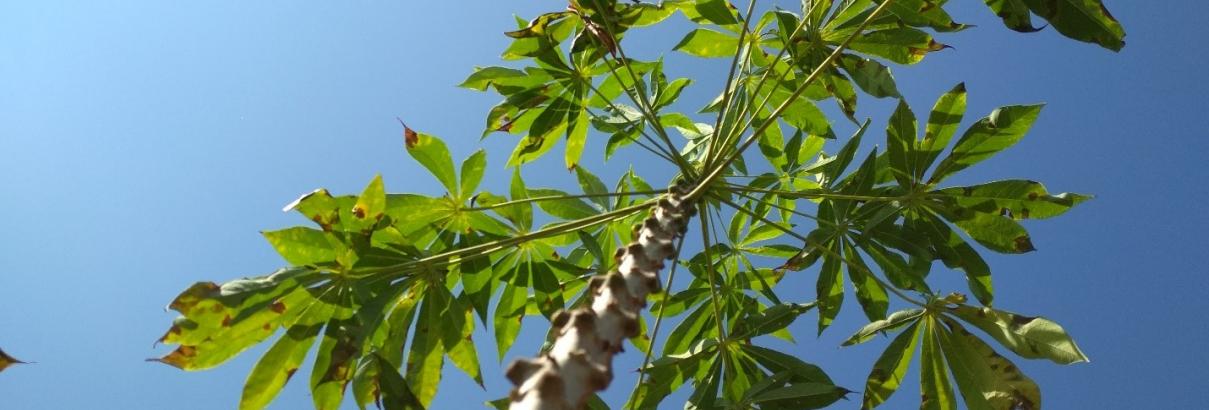The Convention on Biological Diversity (1992) defines in situ conservation as “the conservation of ecosystems and natural habitats and the maintenance and recovery of viable populations of species in their natural surroundings and, in the case of domesticated or cultivated species, in the surroundings where they have developed their distinctive properties”. In the case of conservation of genetic diversity of crop plants, in situ conservation refers to the maintenance of their diversity on farms (often referred to as ‘on farm conservation’ or ‘on farm management’) driven by socioeconomic environment of local communities and the maintenance of the populations of their wild relatives' species in their natural habitats mostly driven by natural selection (‘in situ conservation sensu stricto’).
In this section, we present the general procedures for conservation of plant genetic resources on farm and in situ sensu stricto. In situ conservation maintains the genetic diversity of both the wild or on farm populations and the evolutionary processes that enable the populations to adapt by allowing them to evolve in their natural state or within their normal range (NAP, 1993). In situ conservation is thus a dynamic process which complements ex situ where the genetic diversity conserved is frozen at the time of collection (for a detailed overview of ex situ conservation in genebanks, consult Crop Genebank Knowledge Base ).
The genetic diversity crop plants, both wild relatives and cultivated landraces are being threatened by many human induced activities such as habitat destruction, change in land use, over exploitation, urbanization, competition with invasive alien species, replacement by improved high yielding cultivars, environmental changes including climate change and others. Consequently, in situ conservation would involve the recovery of populations through active conservation actions within their natural habitats to eliminate these threats or, in the case when whole ecosystems are damaged, it may involve taking restoration measures (Dulloo et al, 2017). On farm conservation or management actions would require the support to local communities to manage the diversity of their crops on farm within their own socio-economic context as determined by their tradition, social status and wellbeing (de Haan, 2021).





